NCAEE Region 6 Conference: "Teachers, Pass the Torch!"
To begin, I just want to say that I LOVE learning and enjoy getting better at my craft- teaching, presenting, coaching, blogging, etc.
An opportunity arrived in my inbox to present at a regional professional development session hosted by North Carolina Association of Elementary Educators [NCAEE] here in Charlotte. I jumped at the chance to reach more teachers and strengthen my presenting skills.
Preparation:
I decided to create a proposal for my session, entitled “Teacher’s Pass the Torch!” I planned for this session to help teachers learn how to increase student accountability in the classroom as well as pass more ownership onto the students. In my career, I have struggled with this but have seen the benefits it has on student learning and growth when done successfully. Thus, I feel there is a strong need for other teachers to take the risk and require students to do more of the heavy lifting in the learning process.
Nonetheless, my proposal was approved for the conference! I was so excited to share what I have learned and help teachers develop the skills to do the same within their own classroom. I began to set up my presentation through PowerPoint-boring I know. But, I promised myself I would be so engaging that the PowerPoint was more of a map to follow when needed but not the meat and potatoes of my presentation. [See PPT slides here]
Arrival:
The morning started off great. I was greeted at the door by the leaders of Region 6 and shown to the “Presenter’s Lounge.” What a thoughtful gesture (and enjoyable perk!).
After I got myself settled into my assigned presentation room, I joined the guests to listen to Kathy Bumgardner speak. Not only is she approachable, charismatic, creative, knowledgeable, and realistic, but she’s so funny! I was engaged in her entire presentation because of the relatability in her stories and images that she shared. This was a great lesson for me on what makes a presenter effective, and I certainly took notes on both how she was presenting as well as what she was sharing with us about being great teachers of Literacy. I highly suggest you check our her website for freebies and classroom ideas!
Implementation:
After Kathy had shared her perspective and approach on Literacy instruction, as well as numerous resources, I headed back to my room to prepare to receive my guests!
I was so excited to share something that changed my teaching for the better- equip students to gain knowledge while the teacher facilitates! I believed this shift in teaching could not only benefit my own students, but students in every school, everywhere!
I had a group of about 11 elementary school teachers. I shared my reason for the development of this session, incorporated an ice breaker, and ensured my presentation was chalk full of engagement strategies (turn and talks, call and responses, graffiti walks, and Nearpod apps) that these teachers could bring back to their own classrooms.
I emphasized to teachers that we all learn new skills by practicing. It takes lots of practice to master a skill and even more practice to maintain a skill. So how do we expect to foster life-long learning in a child if they are spoon fed their knowledge? We must break away from that mentality and supply the knowledge but allow the child to discover it.
Think about it- your swim coach didn’t teach you to swim by being your personal flotation device. So, give access to the material, then step back and aide in the learning process. It is hard when you want to “save” a child, but they must struggle before being successful. When you finish an answer for them or guide their thinking to a place they weren’t headed to in the beginning is hand-holding. Its sabotaging the learning potential in a child.
My Advice:
Be there to prompt, then back away.
Be there to question, then back away.
Be there to listen, then listen, and listen some more.
But most of all, WATCH.
Interactions can be powerful if you equip students to bring something to the table and then take something away. Jump in when needed, but if you do the heavy lifting, expect their arms to be weak. Simply, teach them HOW to learn.
So after we all agreed that students need to step it up and teachers need to let them, we got to do some turning and talking of our own as we brainstormed ways to “let go” in our own classrooms!
(The shy teachers in the back of this photo crack me up!)
I reminded teachers that part of their evaluation includes fostering leadership in their classroom and that begins with allowing the students to take ownership. For example, in my district, to earn a higher rating in this standard a teacher would have to demonstrate the following:
So my plan was to help these teachers grow to the highest performance level by having students take the responsibility. With that being said, we came together in small groups to discuss ways in which to do just that. Each group had a different standard, ranging from elementary to high school, in a variety of subjects. Their goal was to discuss how to teach the standard by having students do more of the learning and teachers doing more of the facilitating. Everyone was a bit stumped to start, but as they rotated to different posters, they picked up momentum!
Then they began to stop and jot their thoughts on the posters.
To close the activity, we reported out on what the class had brainstormed on each particular topic. (Remember, pass the ownership right? Why should I have to lead the “recap?”)
Teachers had some really good ideas to teach these objectives! I added on to the discussion with a list of tools that I have found useful:
The NCAEE Region 6 team caught me in action in this photo! Here I am describing how NearPod works so that these teachers could gain insight into how to incorporate it into their lessons. [To see more on NearPod, check out my older post here.]
Teachers had their devices out, ready to participate in the interactive NearPod learning activity.
As I began to wrap up I reminded the teachers about the tools, strategies, approaches and ideas I shared throughout the presentation that they can begin implementing into their own classrooms TOMORROW. I encouraged them to think through how they currently instruct students and make any necessary tweaks to not only become more effective but also pass the learning ownership onto the students.
Of course, I couldn’t end my presentation without a little motivation! I reminded them that taking a risk is always worth the reward and that success comes from hard work and plenty of mistakes. “Go be GREAT, and Have Fun doing it!” I chanted.
Unfortunately, our time together had come to an end. To ensure teachers could apply their newly learned knowledge, they shared their implementation ideas as their exit ticket- some on the NearPod app and some on index cards. Here are some examples I received:
Reflection:
Overall, I felt I was able to communicate my message to the teachers. I was able to get through my entire content in the 45 min allotment and I enjoyed every minute of it! On my way out of the door, I was told “we heard great things about your session” and that was enough for me to feel like I helped make our classrooms in our surrounding area better.
However, I do wish I had asked for participant feedback about my presentation specifically so that I could continue improving my presenting and classroom instructional skills.
But more importantly than how I did as a leader is that I never realized how much I personally was going to get out of this experience as a learner myself. When I first signed up I thought I would contribute to the learning experience of other people, never walking into this experience thinking I was going to learn to the extent that I did. I joined in on the other sessions that teachers were presenting and found them so beneficial. I ensured I went to the sessions that focused on my current need, difficulty, or weakness. No matter if the session had 20 people or 1, I went where I needed to go professionally to become better. I will never regret doing that as I learned so much about being a great teacher through differentiation, data collection , and literacy instruction.
I was honored to be part of such a meaningful learning experience. When I look back, I won’t think “man I really helped those teachers,” I’ll think “man, they really helped me.” Life is funny that way. Sometimes you get what you need when you don’t even know you need it.
I cannot express how much I appreciate the opportunity, NCAEE Region 6! Until next time…
How could this strategy help you and your students become more successful in your classroom?


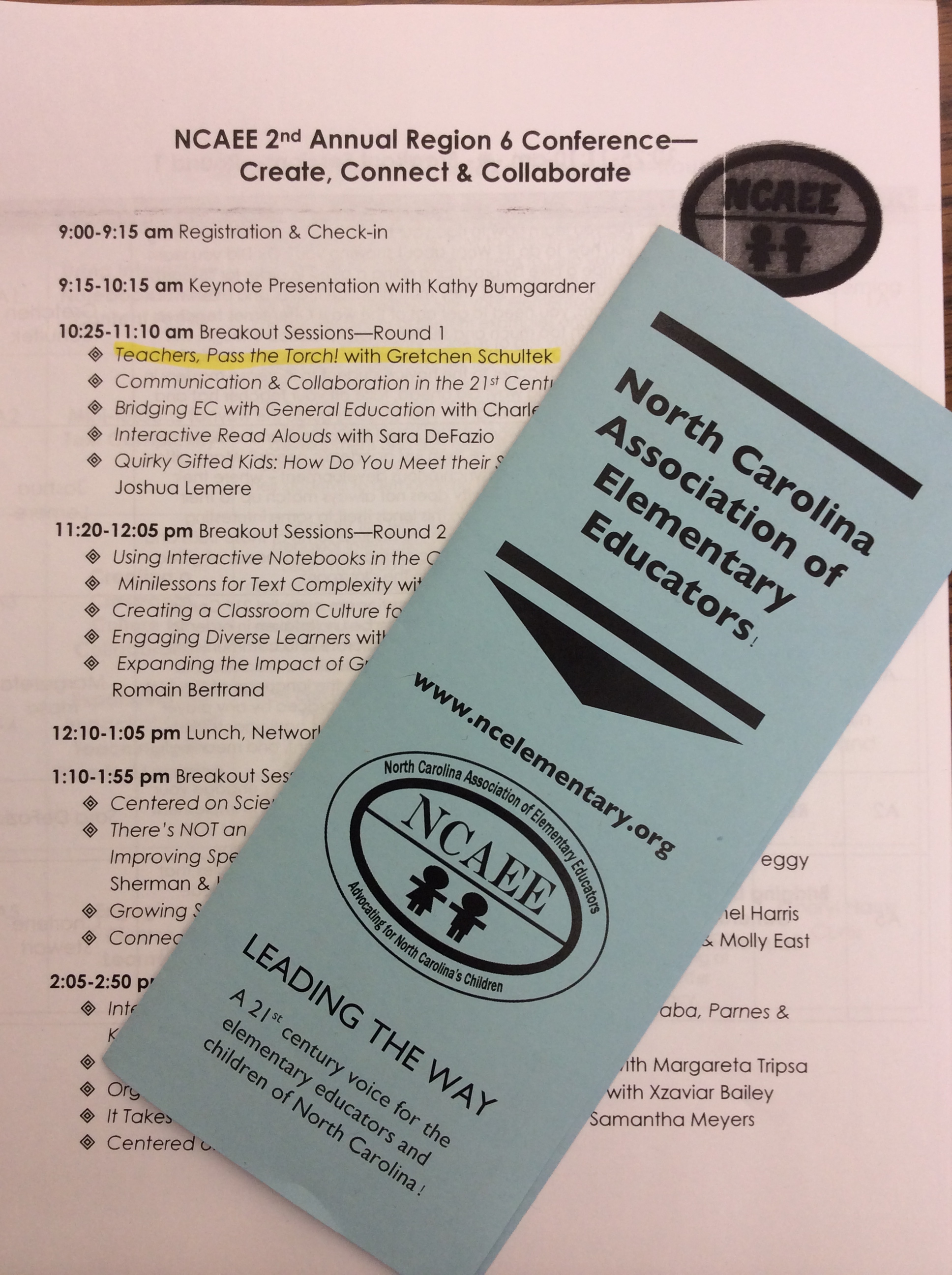
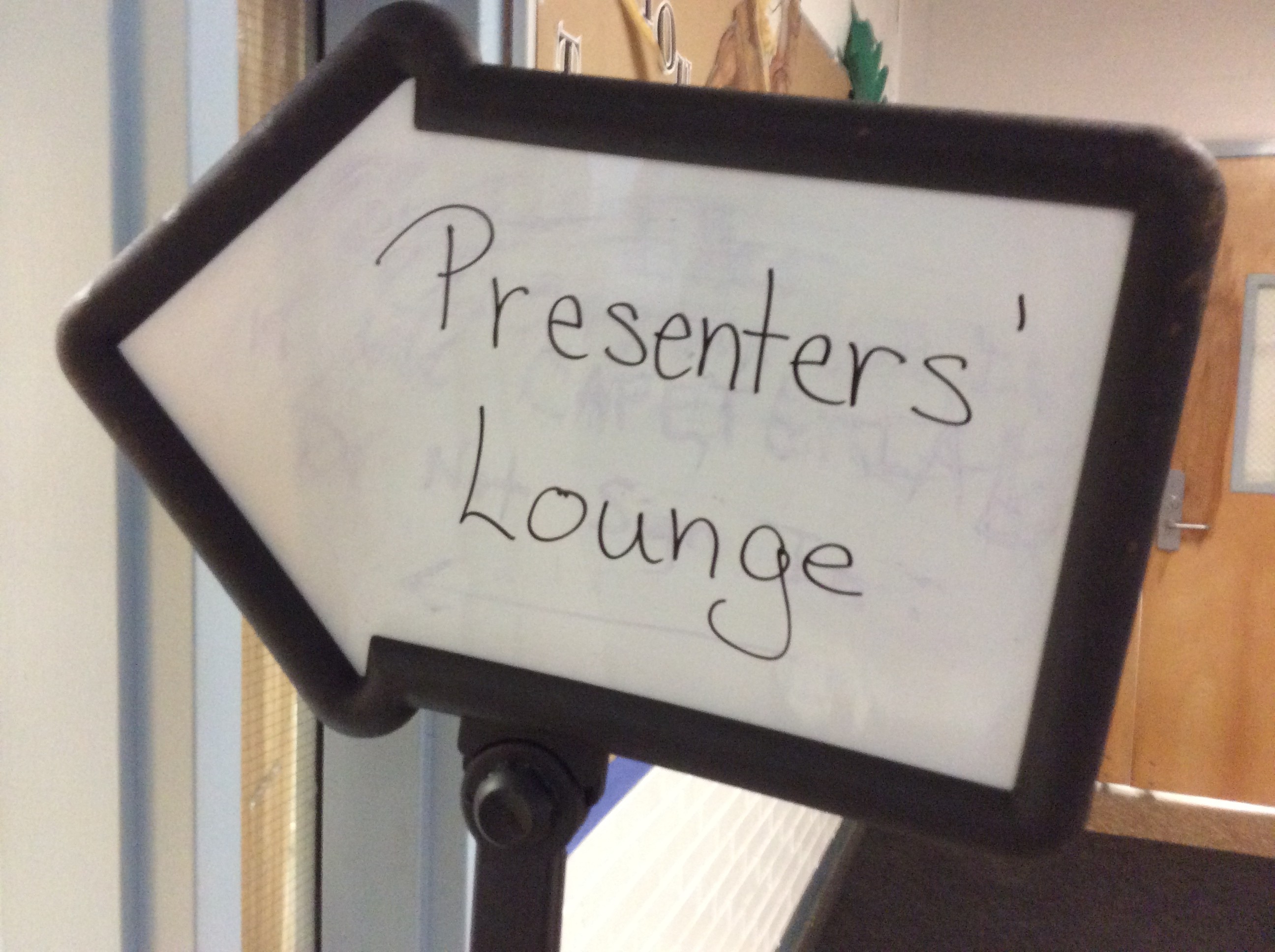

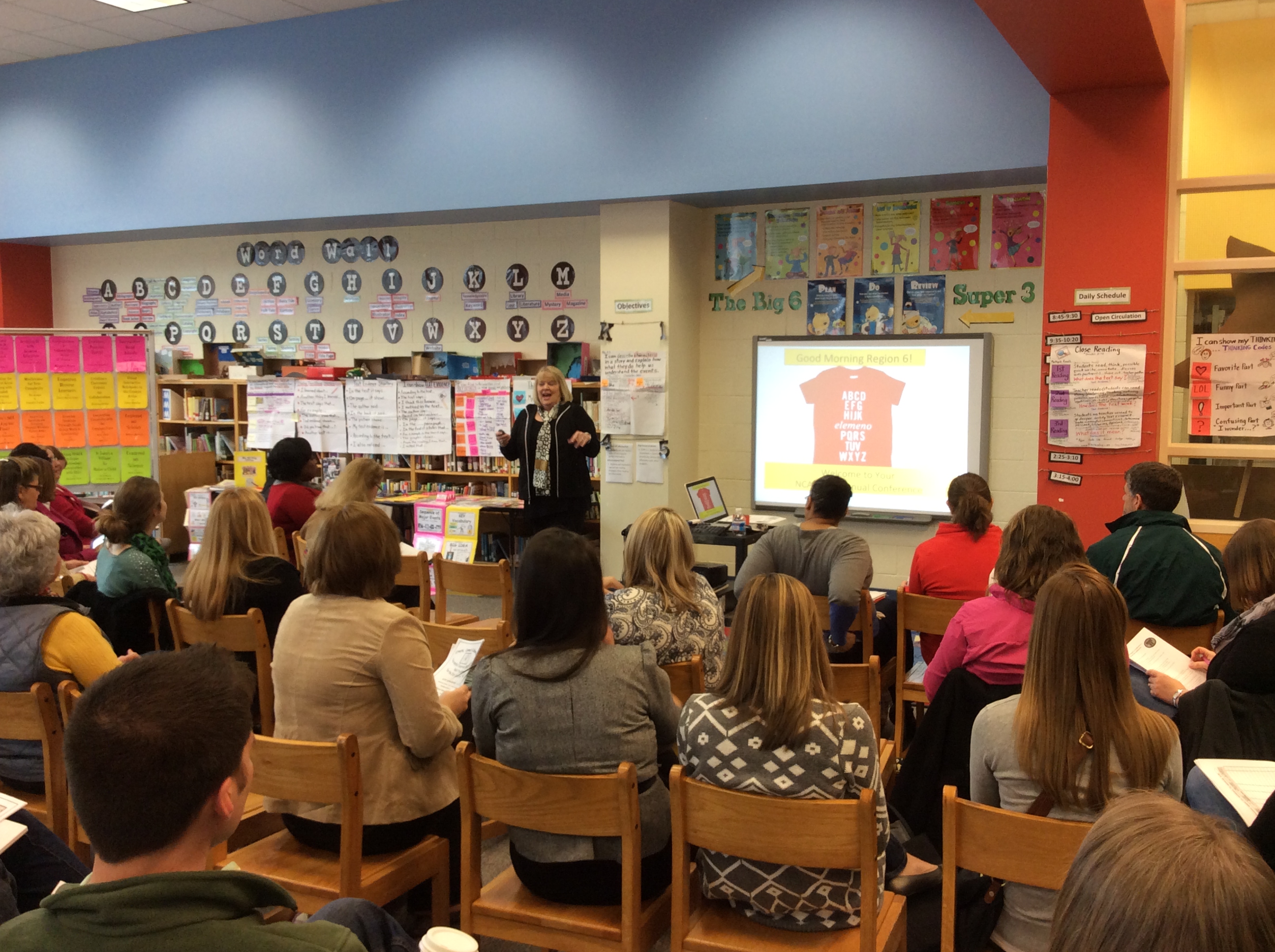
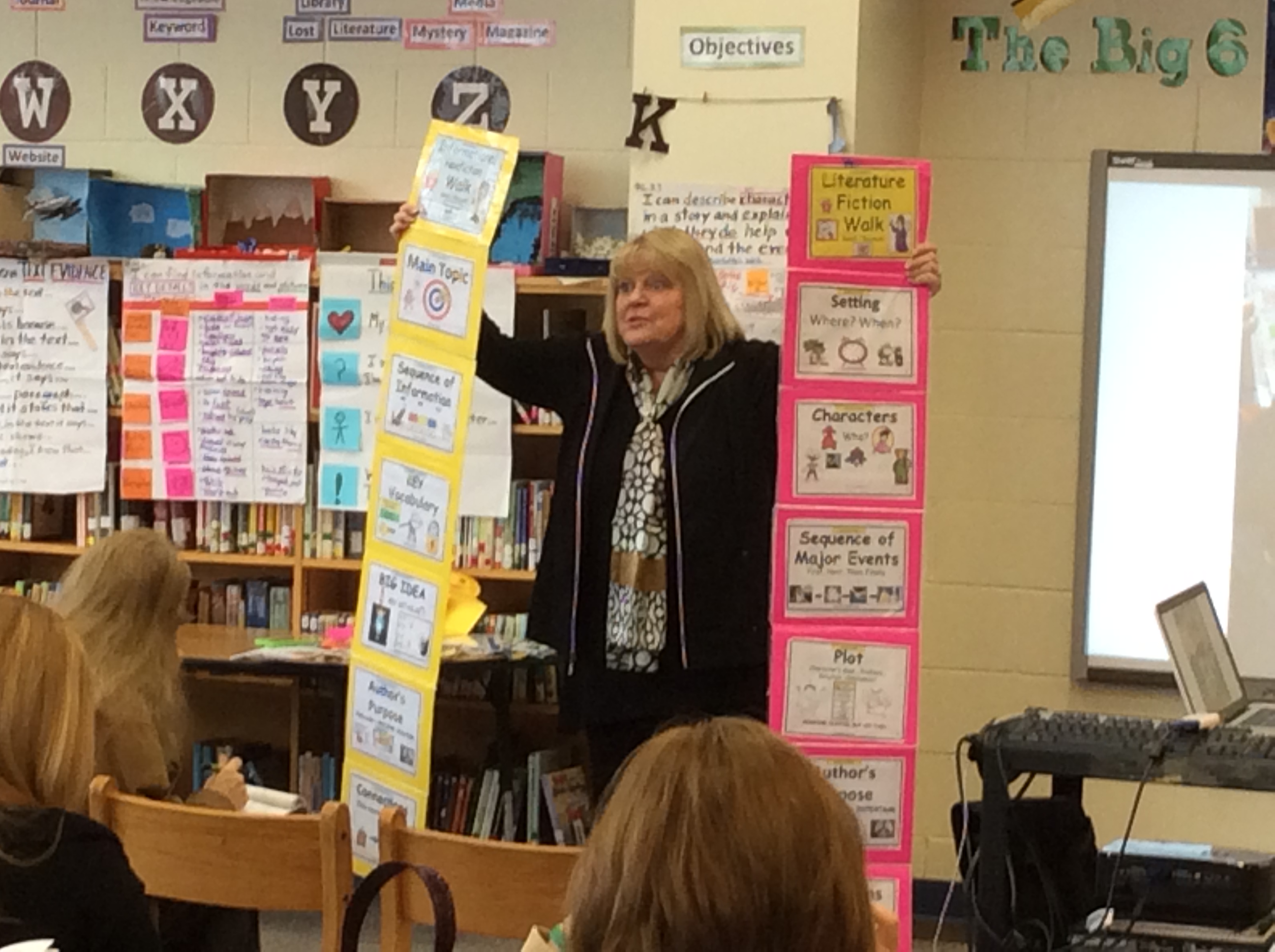

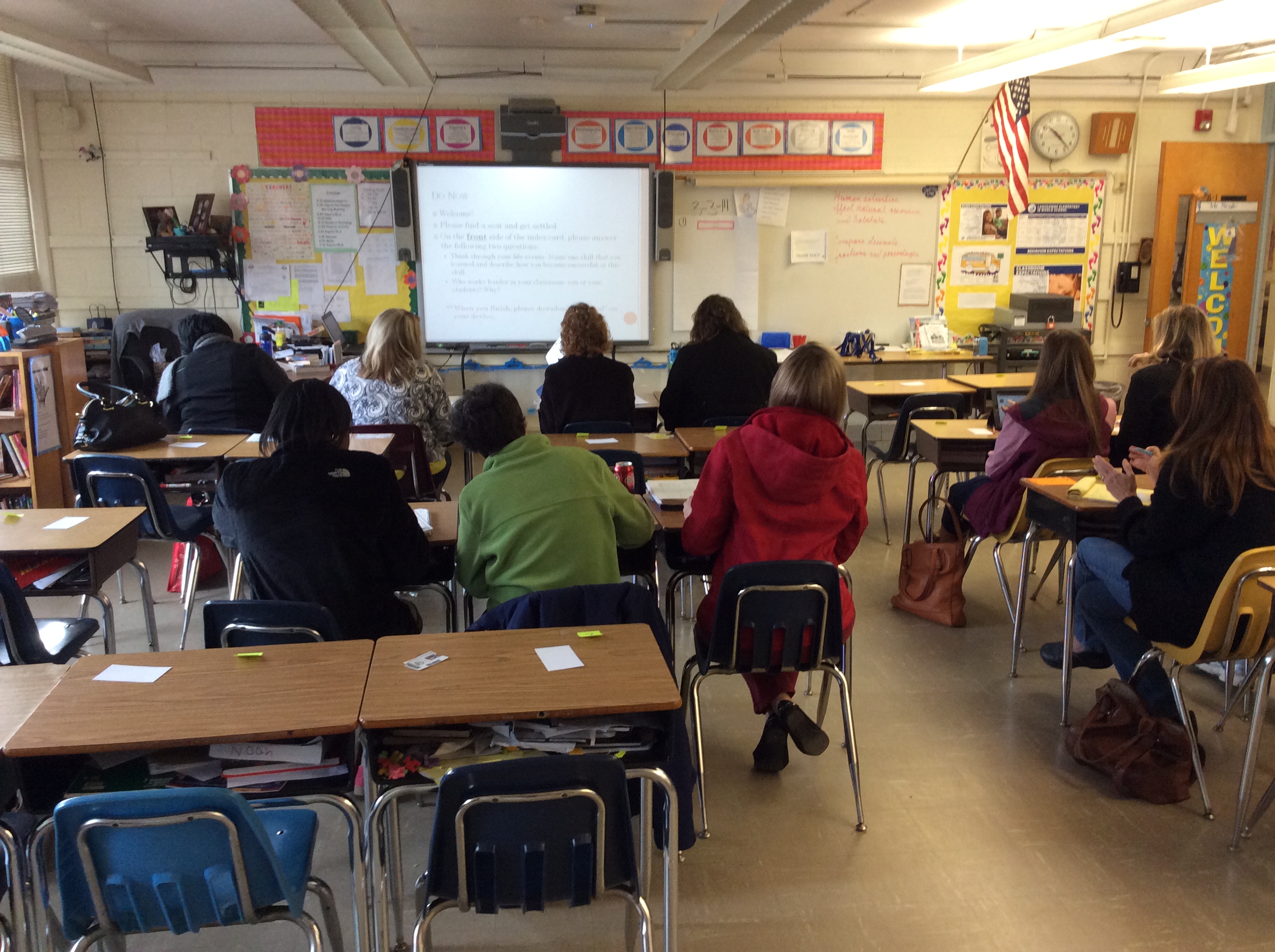
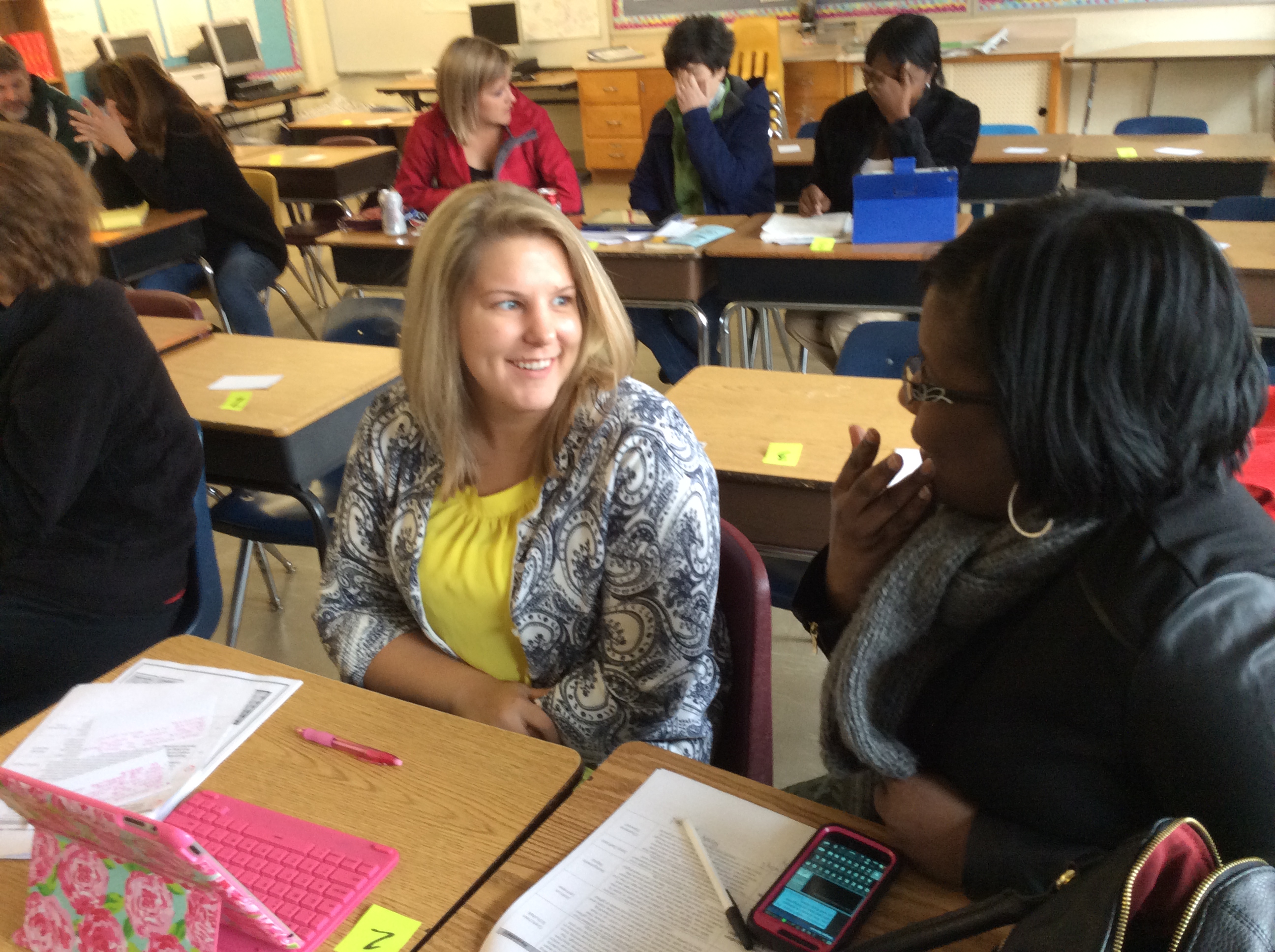
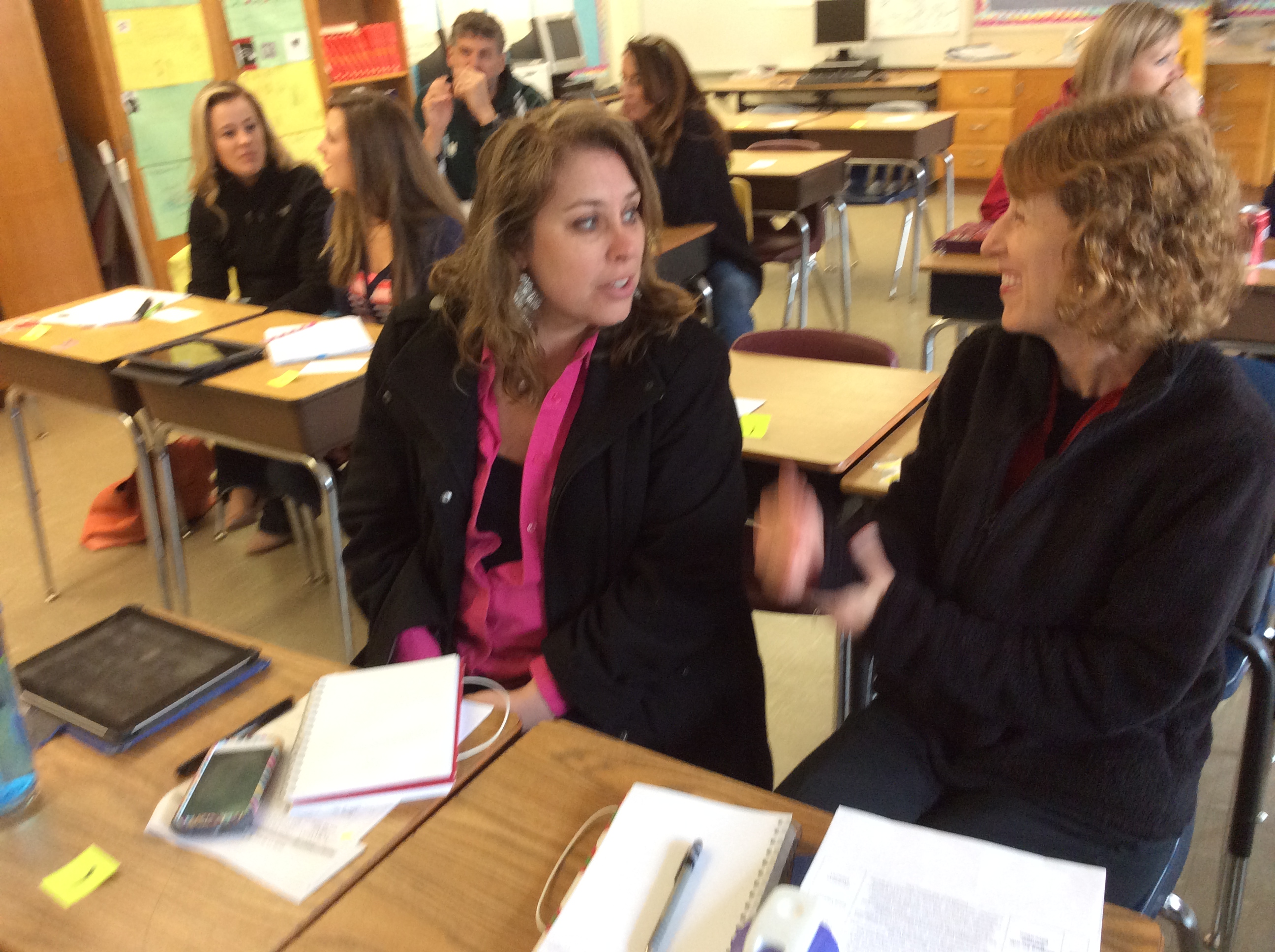
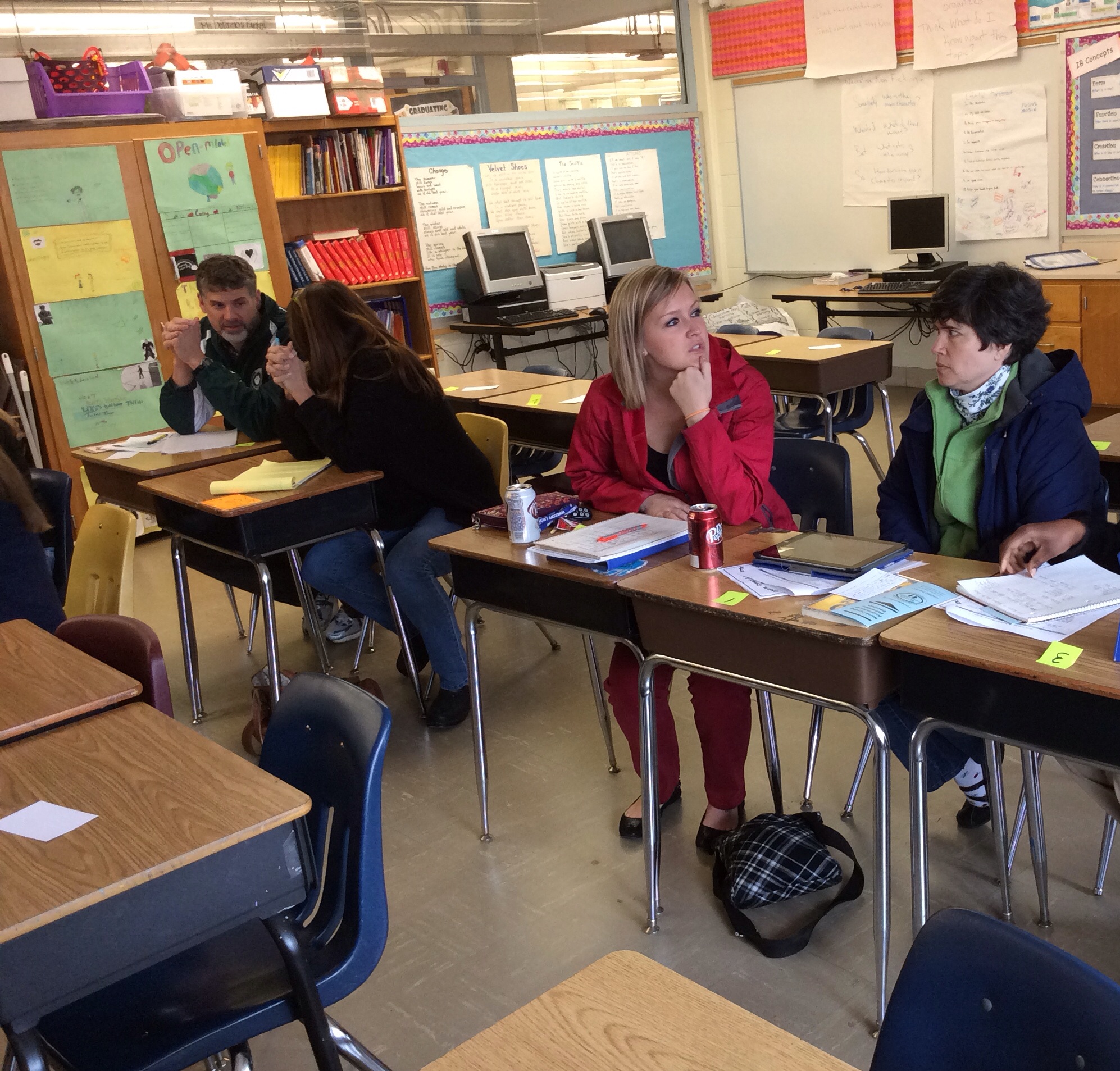
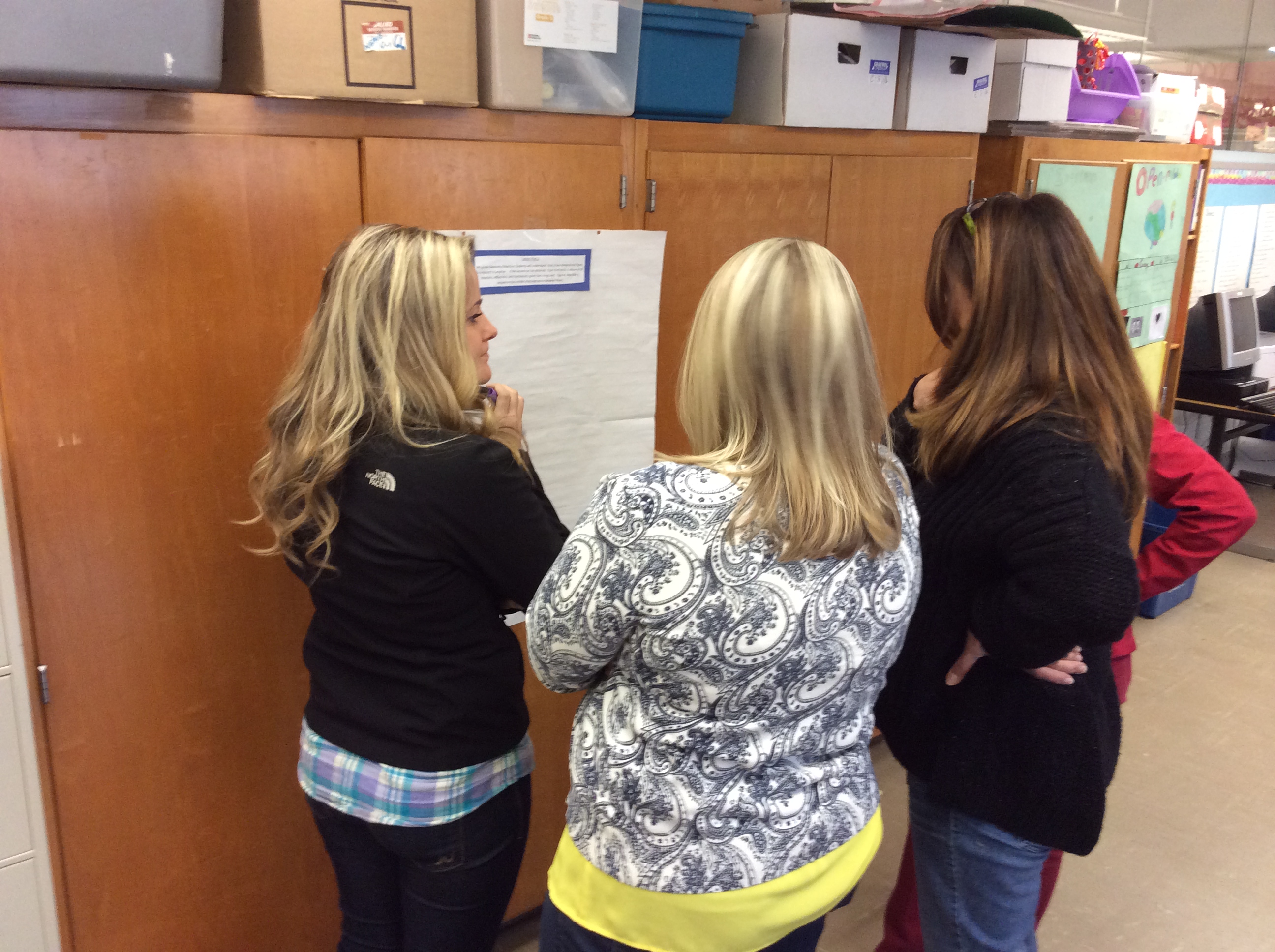
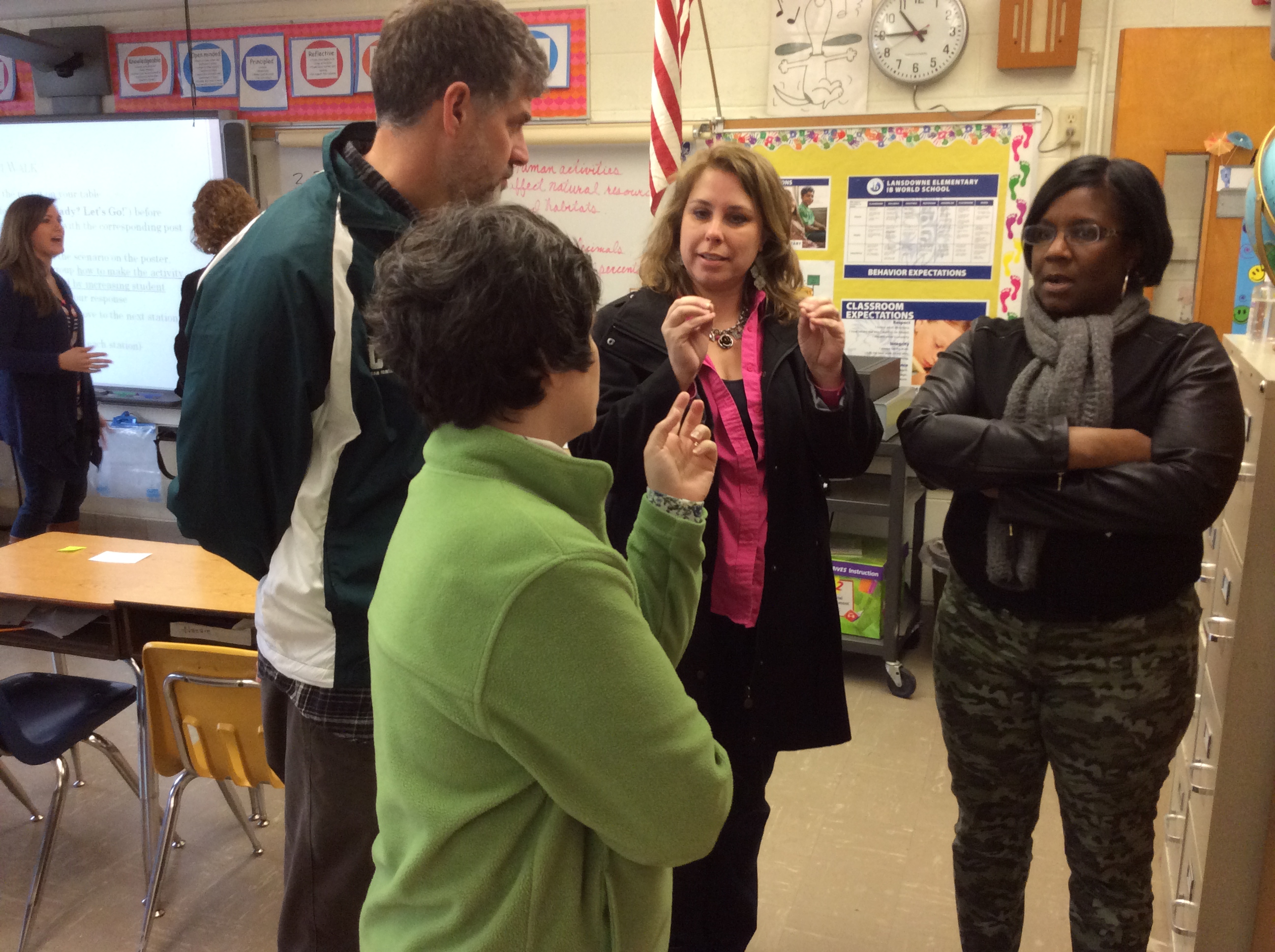
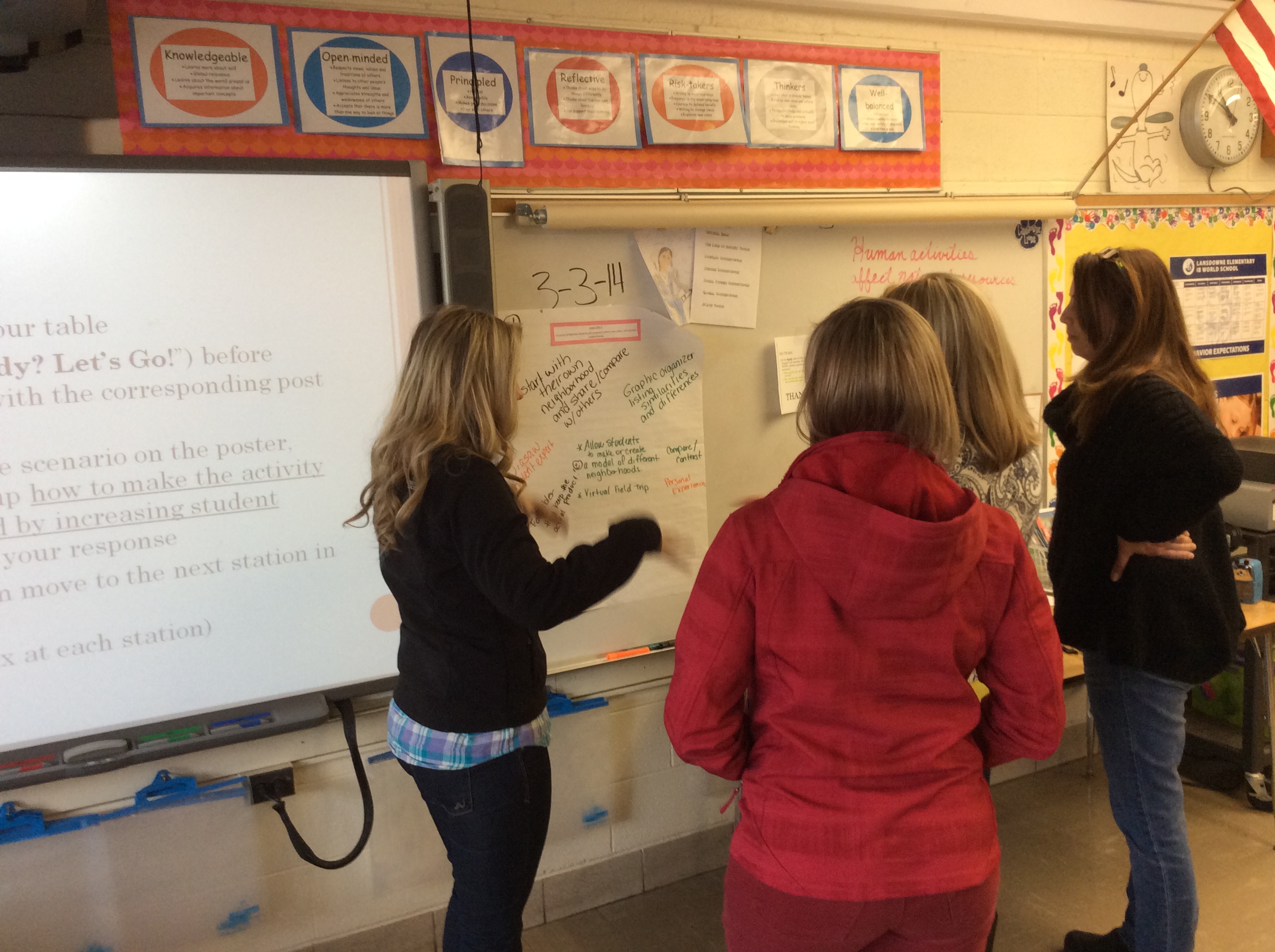
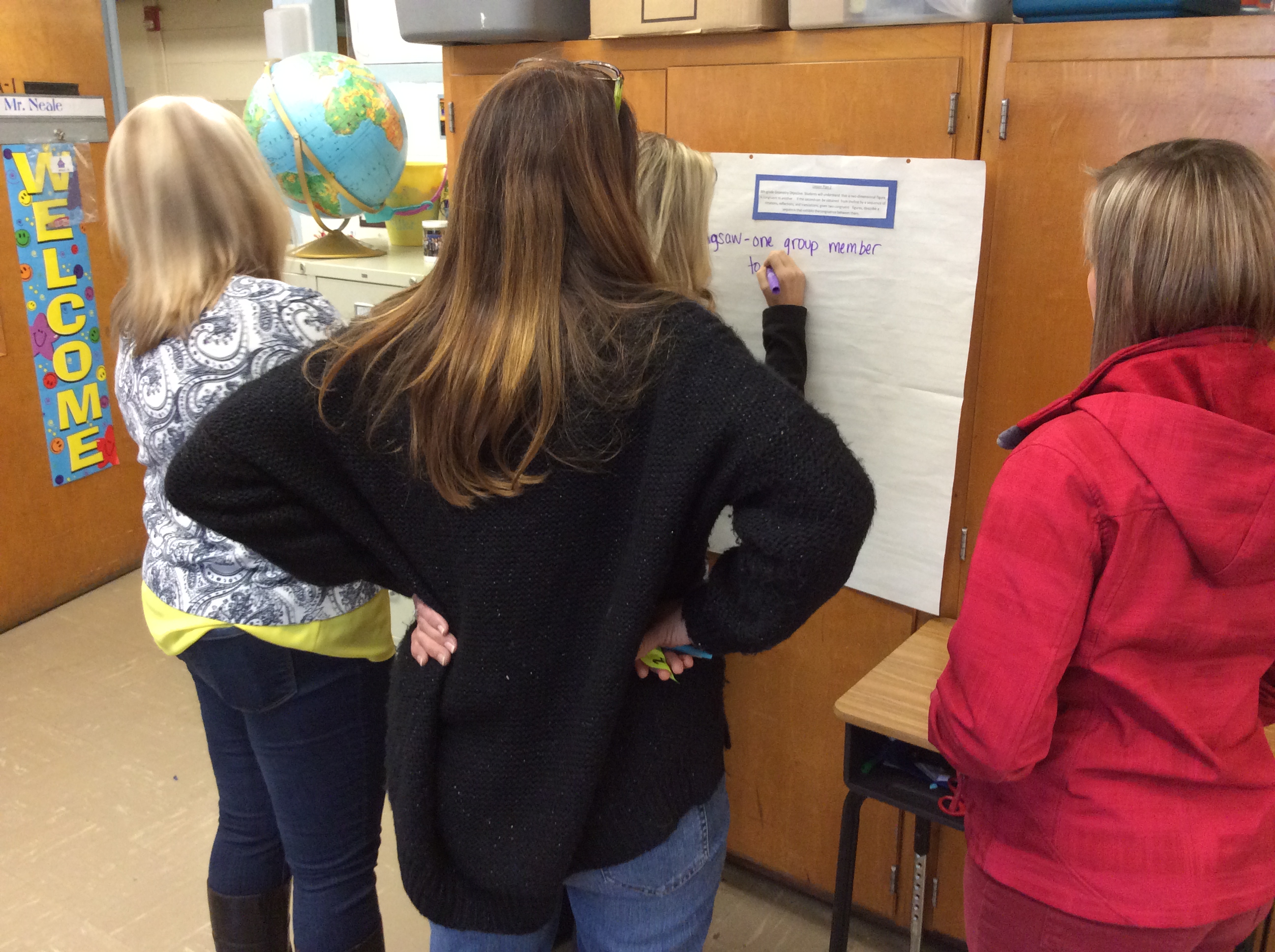

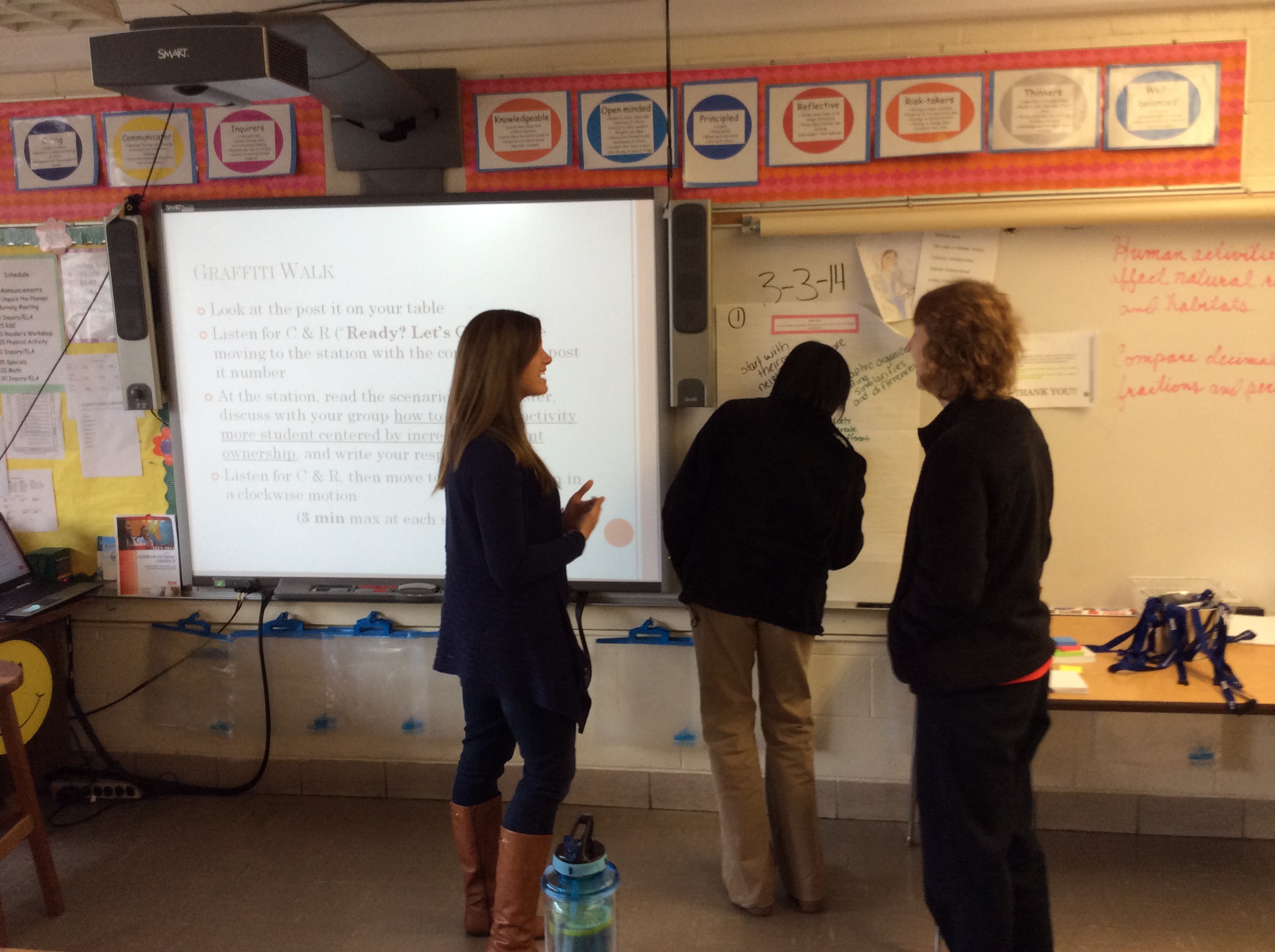
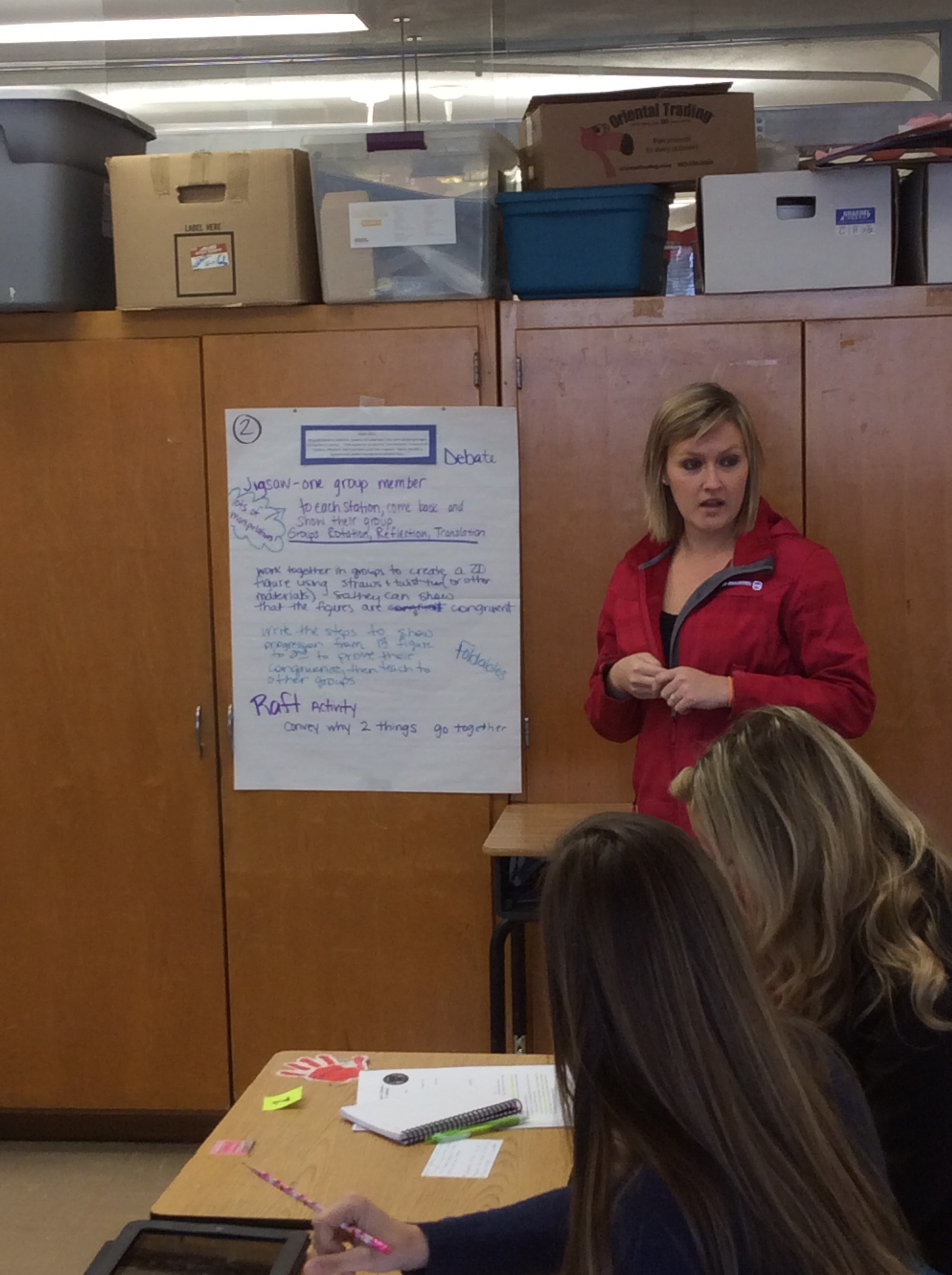

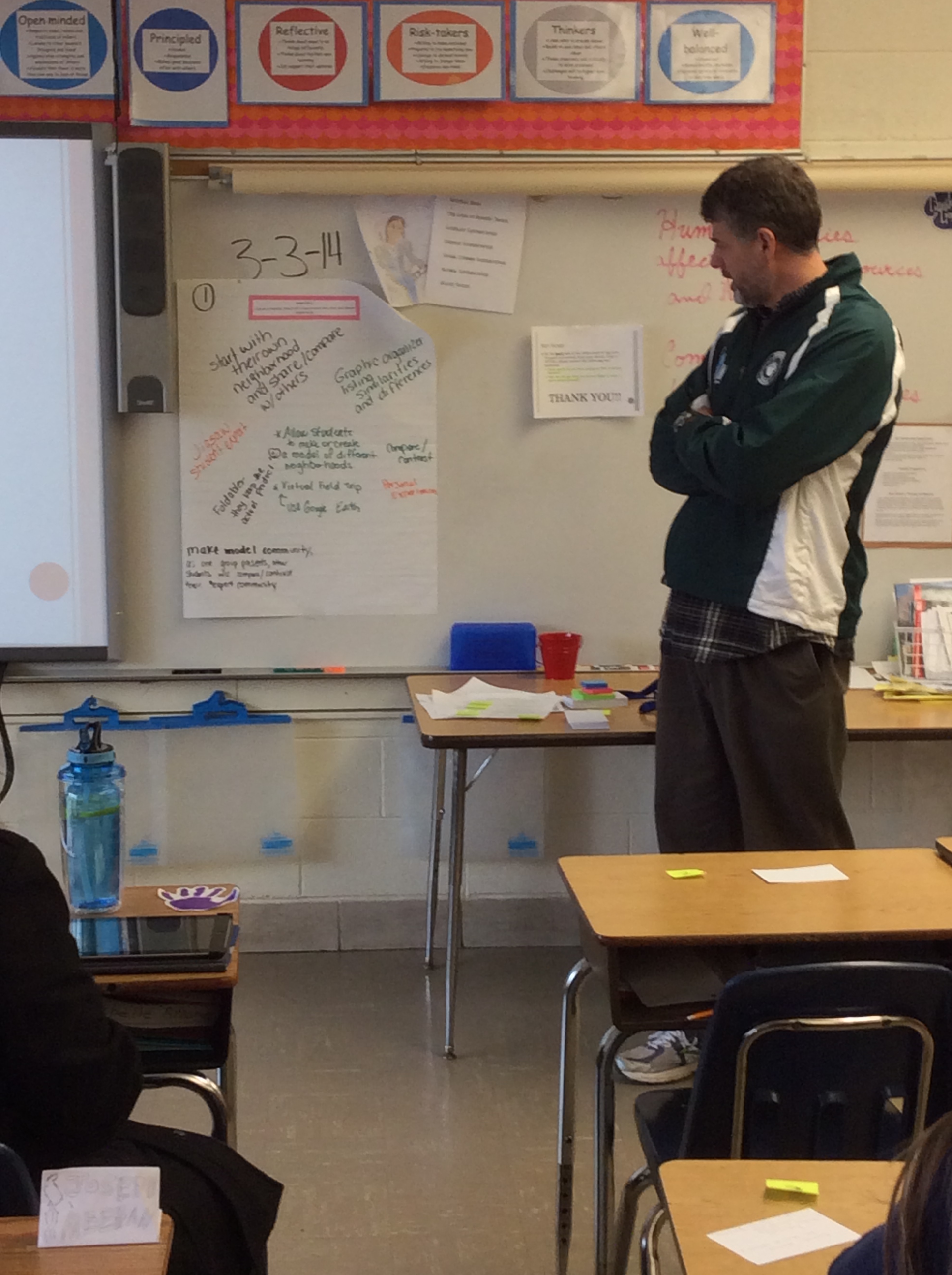

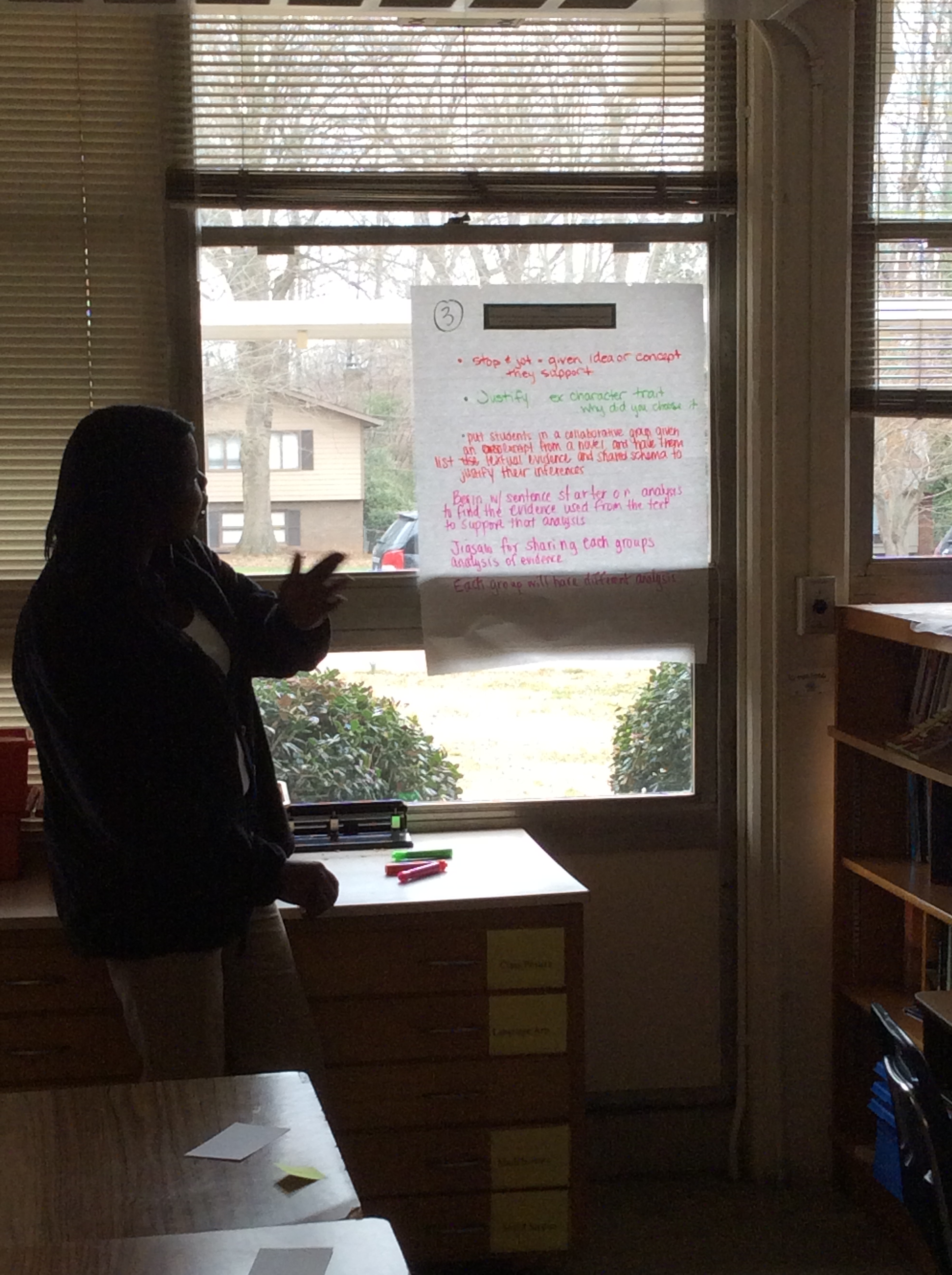

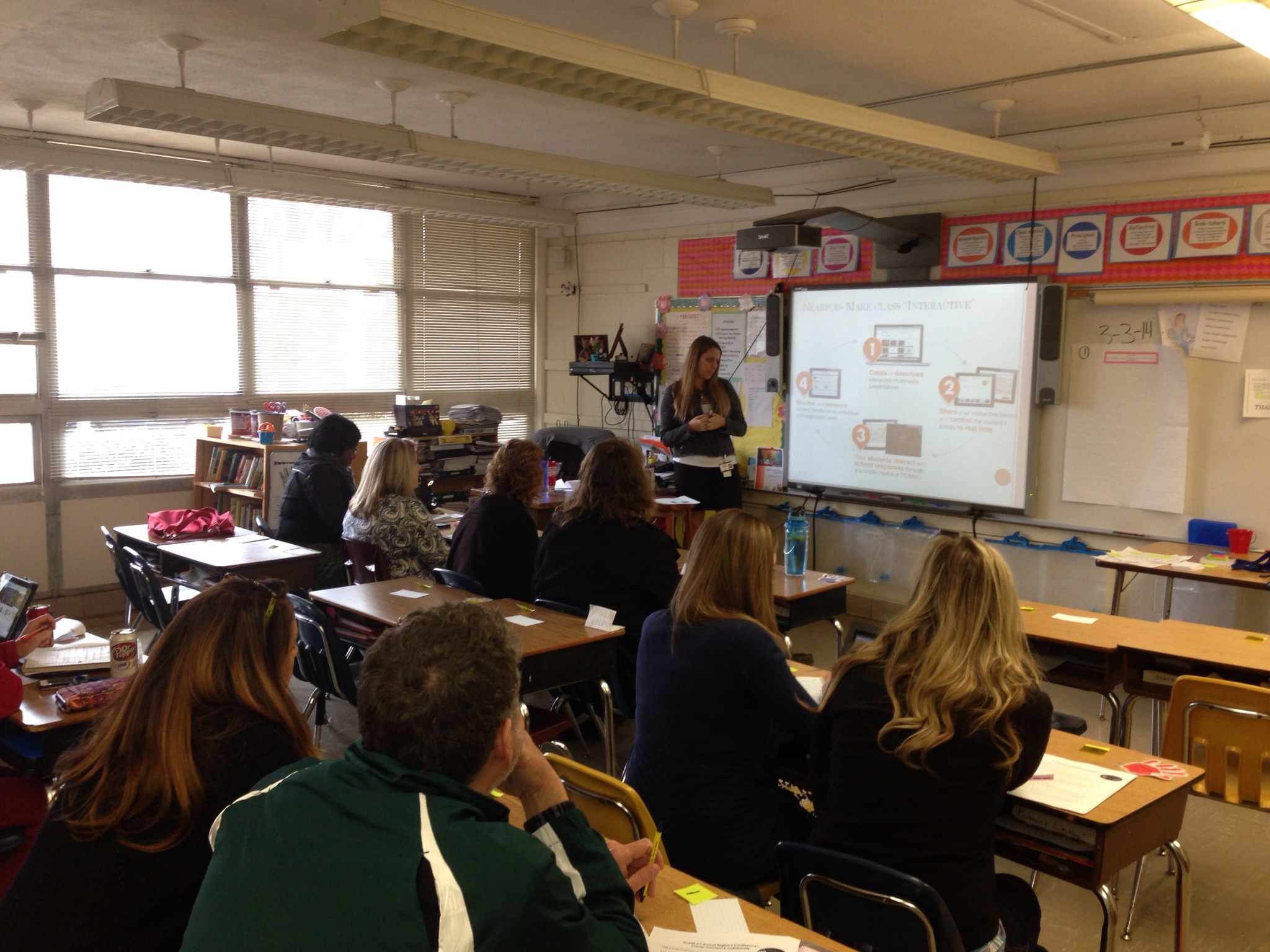
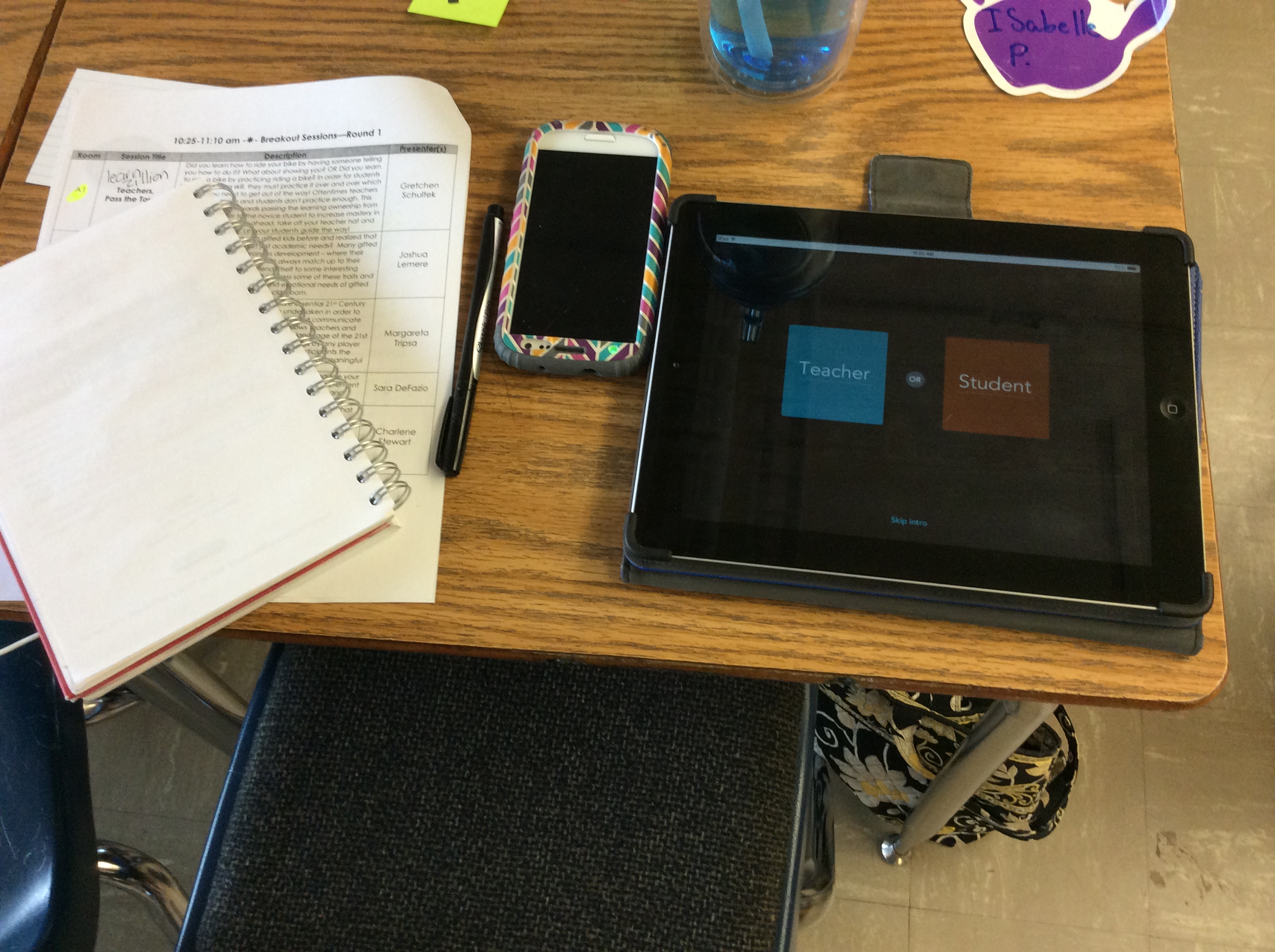


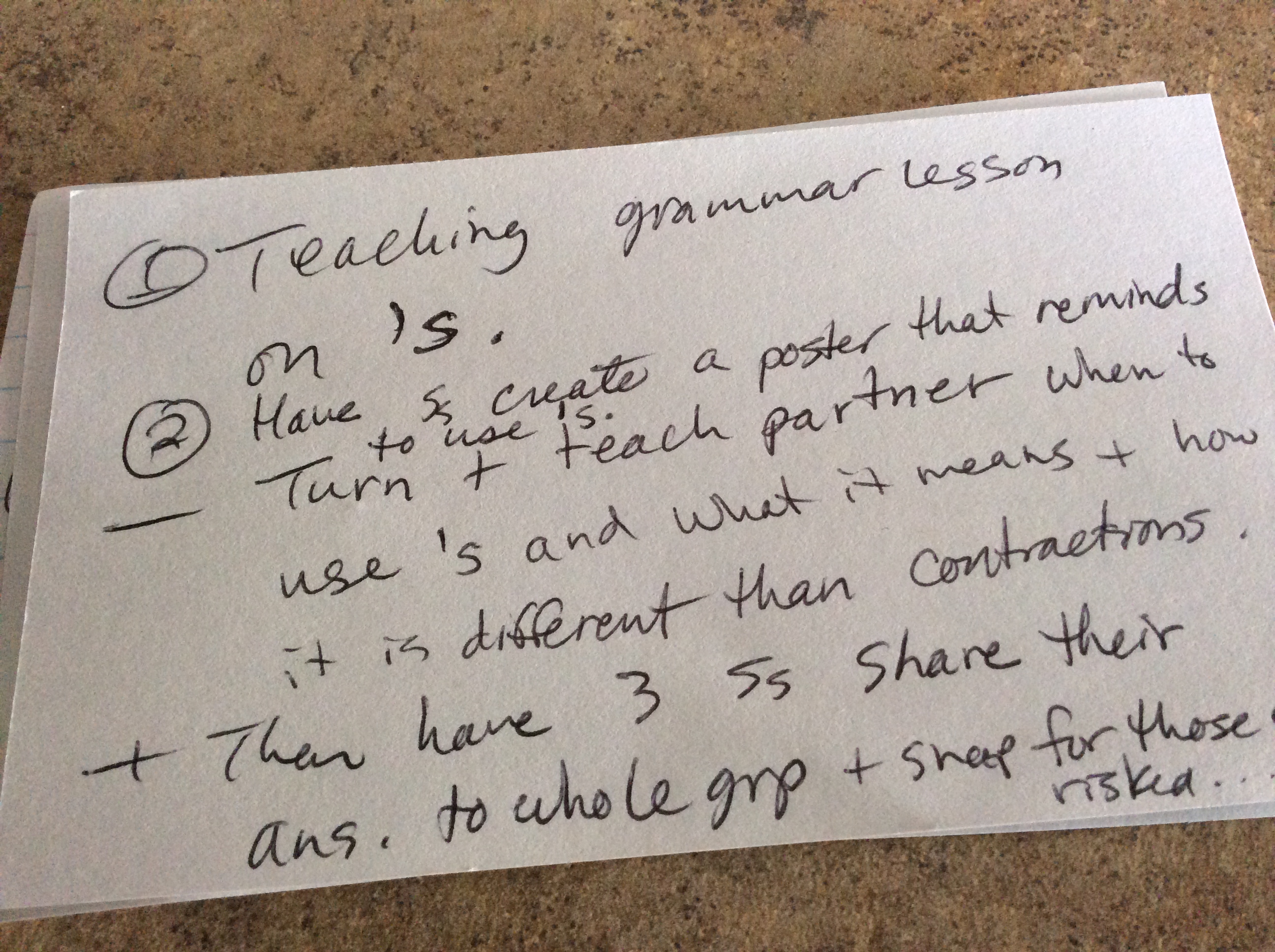
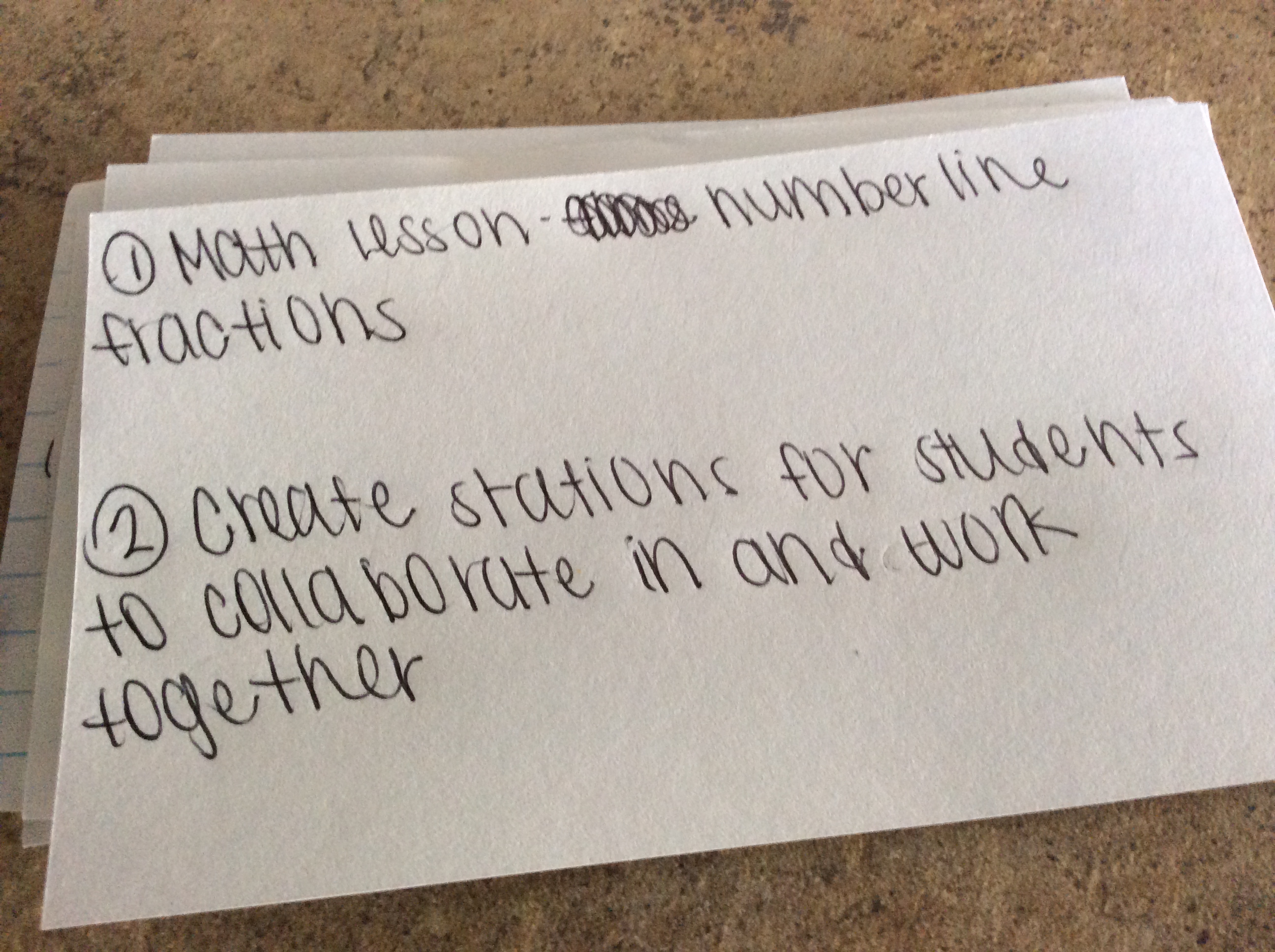
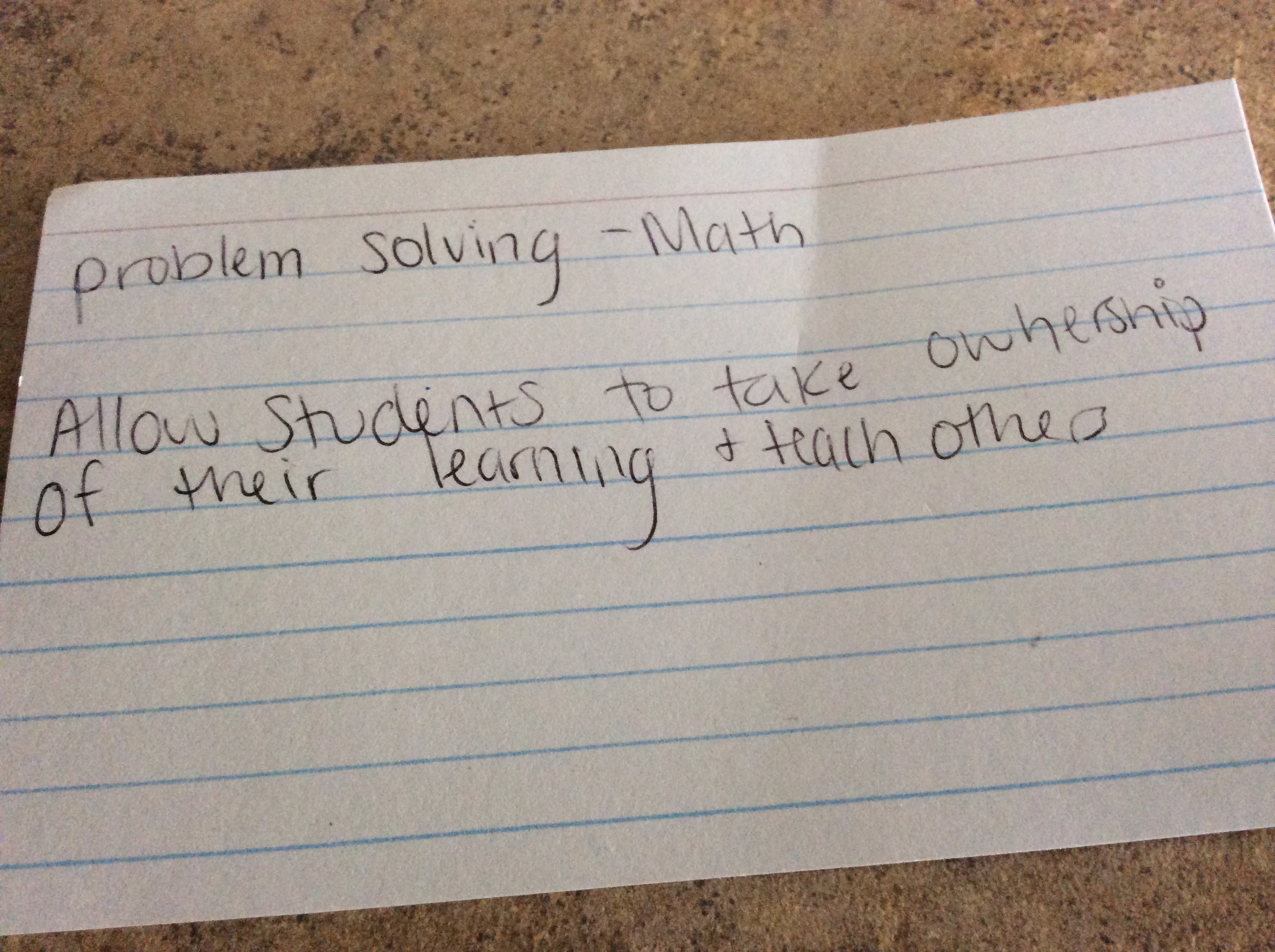

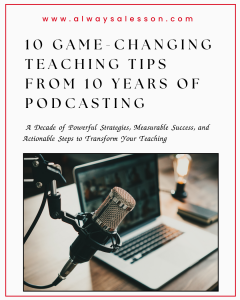
[…] met Rachel at the NCAEE Region 6 conference where we were both presenting material to teachers. I found her session on differentiated literacy […]